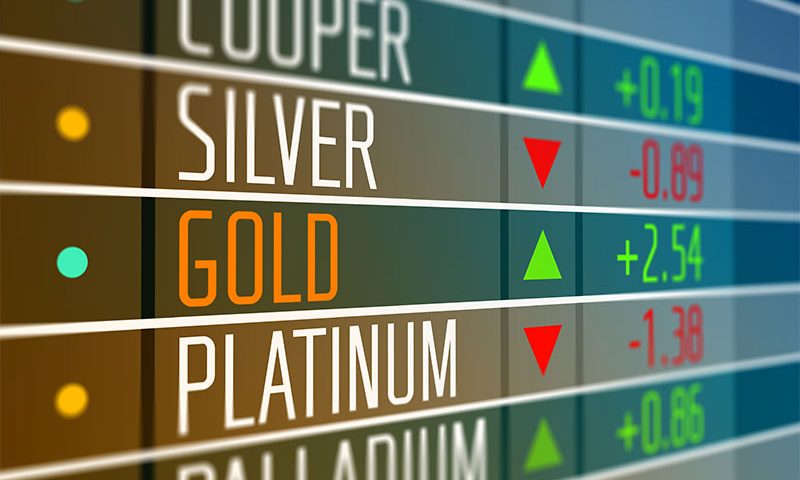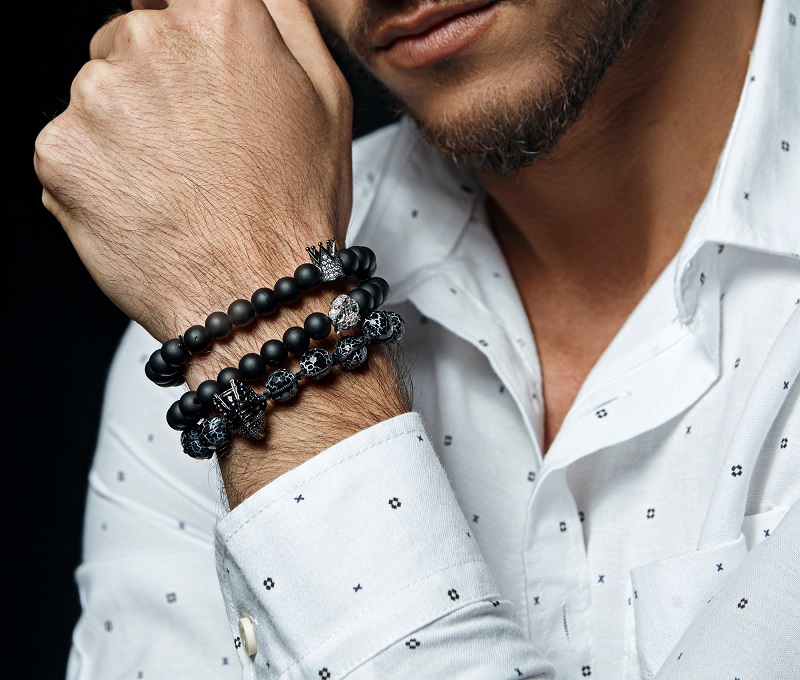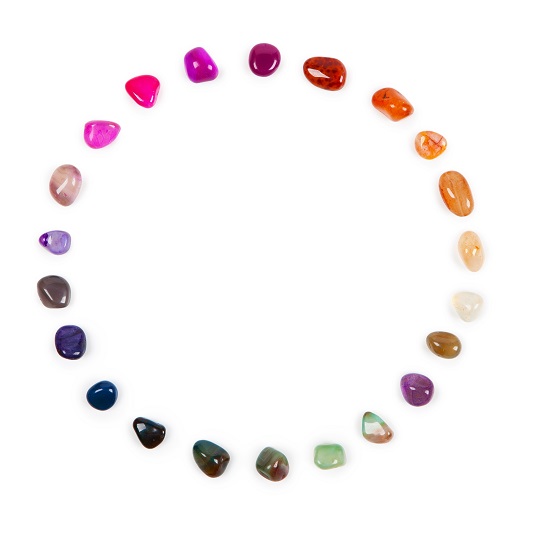Should you consider jewellery as an investment?

Halloween, Vampires and Cross Jewellery
6th October 2017
Terracotta Army: The Dead Army of Qin Shi Huang, First Emperor of China
13th October 2017The belief that quality jewellery retains its value is renowned in cultures worldwide. With tribal cultures still using beads as currency to this day, and beautiful jewellery being presented as wedding gifts year after year, it’s not just us here in the UK that clings onto the idea that jewellery is a product that never loses its value. In this article, we will be exploring the truth behind this belief, and discussing whether you really should considering jewellery an investment today, and if so, how you should go about it.
Should you invest in jewellery?
Brand New VS Preloved
The first thing that many say when questioned about buying jewellery, is never to buy from a high street retailer. You can, of course, but it is a well-known fact that you will essentially be losing out from the get-go, with new jewellery being subject to over 17% VAT, with the potential increase to 20% in the near future. Blackpool based jewellery dealer, Lawrence Chard explains that the retailer has to then add a huge markup onto the stock, too.
“The retailer usually imposes a 100% markup. Then there’s the wholesaler’s margin and the manufacturer’s. If you spent £100 on a piece of jewellery one day and tried to sell it the next, you might only get £30 for it.”
He goes on to explain that in contrast when buying and selling gold coins, the spread can be as little as 5%. From this little piece of insider information, the maybe second-hand jewellery really is the way forward.
Head of jewellery at auction house Bonhams, Jean Ghika, explains this theory in a different light, taking into account people who aren’t just purchasing jewellery for its investment potential.
“Some people have a perception when they buy a piece of new jewellery that it will go up substantially in value over time, and they are disappointed when they find out that it hasn’t.” Explains Jean. “In practice, it can take 30 years or so to get back the initial value when you come to sell it.”
Designer Labels and Limited Edition
If an investment is something at the forefront of your mind, then it’s important to remember that pieces with designer labels can become even more susceptible to a decrease in value. With designer brands or limited edition labels, you essentially forking out for the marketing in addition to the other cost involved. Although many individuals love to proudly display designer labels around their neck, wealth preservation certainly isn’t something that you can look forward to when splashing out on this kind of jewellery.
If you are purchasing an expensive piece of jewellery purely for investment purposes, you may be disappointed if that value goes down, but if like many, you are receiving the jewellery as an intimate gift from a significant other, or as a special present to celebrate a milestone birthday or wedding anniversary then the value of the piece becomes much less important.
Antique Jewellery Pieces
Generally, if you’re looking to buy jewellery solely as an investment then vintage stores selling antique pieces can be a great place to start looking.
Some of the pieces that retain their value the best seem to be Art Deco jewellery from 1920 to 1935, typically with pieces containing platinum and diamonds being the best consideration. It is believed that the strong designs from that period are still popular today, due to their timeless appeal. From that era, there are a couple of designers which produced jewellery of exceptional quality; these are the pieces that will be the best investment, as the quality of the jewellery will forever remain a cut above the rest. Designers that are put into this category include the likes of Van Cleef, Cartier and Arpels. While the use of expensive materials can add value to jewellery, in essence, it is far more important to consider quality, as that is something that you cannot put a price on. However, if you come across a piece of antique jewellery with its original stones still in-tact – for example, a large diamond – then snap it up. It’s almost unheard of for older jewellery to have not been reset with newer stones, so coming across an original piece in great condition has the potential to bump up the value.
How to invest in jewellery
Long-standing professional on Antiques Roadshow, John Benjamin, reinstates the fact that often signed pieces hold their value the best. Good quality brands such as Bulgari, Christian Dior and the aforementioned Cartier are just a couple of the leading studios of who’s creations remain of high-value today.
Benjamin explains that people who purchase jewellery often want the security of quality, and they believe that industry names such as the above provide them with this. Furthermore, there is the strong potential that pieces from these collections may become collectable in 70+ years time; so if you’ve got the patience to wait for a return, it may be well worth keeping your eyes open for one of these.
Another tip he suggests is to buy jewellery with character and style, unique from the rest. “I recommend looking at Edwardian jewellery,” states Benjamin. “The style of the Belle Epoque is quite fussy, with diamond tendrils and garlands, often set in platinum. It’s the style of the Titanic era.”
Second-hand jewellery is always going to prove less expensive than brand new pieces. For starters, the price of pieces doesn’t entail VAT, and although if you buy at auction the seller will slap on a commission to the price, typically this is only around 10% rather than the 100% norm for high-street retailers. While this remains true, in some circumstances there are good reasons to buy straight off the shelves. Unlike pre-owned jewellery, the condition will be immaculate – which is often sought after in a sparkling engagement ring rather than the ‘character’ of a vintage piece.
In Summary
If you are looking to purchase jewellery solely for investment purposes, it is most important to buy carefully from a source that entails low costs; for example, a reputable auction or antique store. As long as you do your research before forking out huge sums of cash, there is no reason why high-end jewellery cannot prove to be a great investment.




